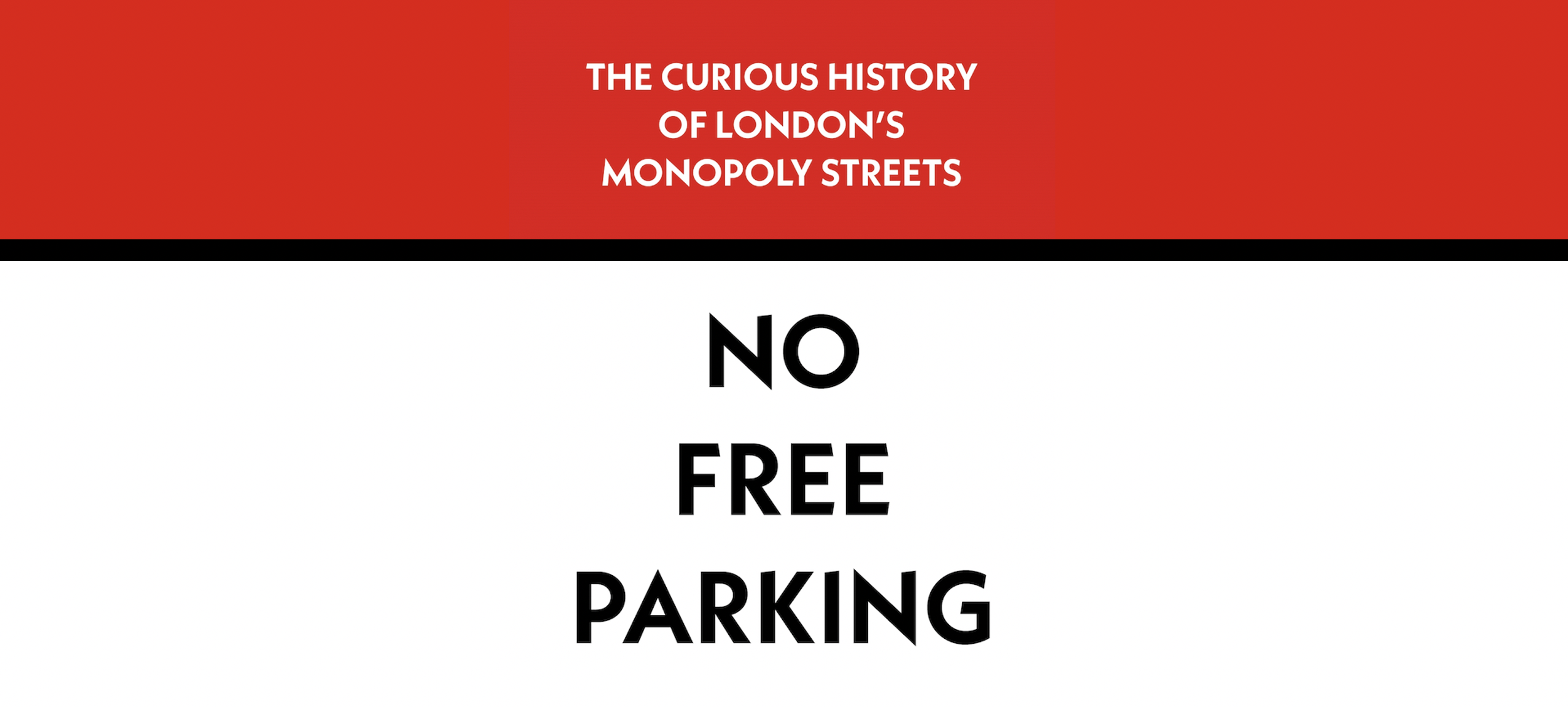Post
BOOK REVIEW | No Free Parking: The Curious History of London’s Monopoly Streets
21 Mar 2023
Reviewed by Peter Murray OBE
By Nicholas Boys Smith
It will be of little surprise to members of the Society that the founder of the campaigning Create Streets is a Londoner. London has the most interesting streets of anywhere in the world: the layers of history, the power of the private sector, a pragmatic planning system and common law mean (almost) every street is different. Every street tells a story. London is not an ordered classical beauty like Paris or Rome, its streets are a gallimaufry of styles, shapes and sizes. It is a city of clashing typologies rather than of harmony.
Nicholas Boys Smith, who founded Create Streets in 2013, has come up with a crafty vehicle for promulgating his affection for the capital's thoroughfares. He has structured his book, No Free Parking, on the streets of the capital as featured on the Monopoly Board. So, there are chapters on Old Kent Road, Strand, Fleet Street, Pall Mall, Bond Street and so on. Mayfair is not a street and there isn’t one called Angel Islington. But no matter. There’s a brief history of the purchase of the rights of Monopoly from its US inventor by Leeds printer John Waddington. He anglicised the board game and sold more than any of the other locally produced versions, exporting it to Empire and Commonwealth. With one board place per chapter (there’s even one called Go to Jail), Boys Smith packs in a jumbo treat of fun facts and stories. Despite the Strand's role in linking the Cities of London and Westminster, he tells us, for much of its life it was a back alley rather than a highway because those who could afford to, travelled not by street but by boat. Even when Shell Mex House was constructed in 1932, the executives' entrance was on the riverside and the deliveries came in from the Strand. Fleet Street was a pretty rough place for much of its history. Marriages without a licence were known as Fleet Marriages, performed by clergymen condemned to Fleet Prison but allowed to live nearby. The first Daily Newspaper in Fleet Street was the Daily Courant in 1702.
The fact that Leicester Square remains a public open space is thanks to the fact that St Martin’s Field had Lammas rights which entitled commoners to pasture and use of the land between harvest, or Lammas day, and spring. Lord Leicester wanted to build a house that would deprive the inhabitants of St Martin’s parish of their Lammas common and other ancient rights. So, they went to the Privy Council and Leicester was forced to leave the land open to parishioners. Bond Street is named after Sir Thomas Bond who achieved a certain fake fame as an ancestor of the fictional James. His coat of arms featured on the 1963 cover of On Her Majesty’s Secret Service and his family motto was the title for the James Bond film The World is Not Enough.
This book is a hugely enjoyable read for all London - and Monopoly - buffs. When you’re stuck in jail or can’t pay the rent, you can ponder on the fascinating history of your properties. “Where Celts and Romans journeyed, where we drive, so people of the future and far future will also travel,” concludes Boys Smith. He describes the ups and downs of these richly layered routes; the buildings that contain them may change but the streets remain, the city’s most persistent pieces of infrastructure. “They are London”.
